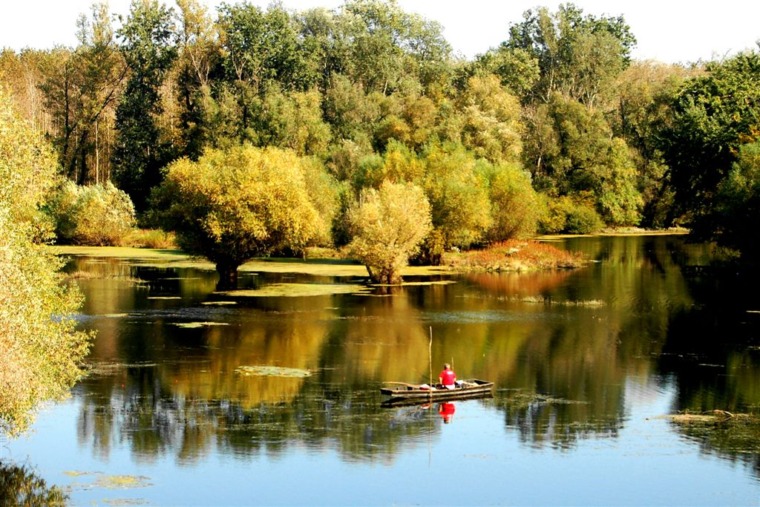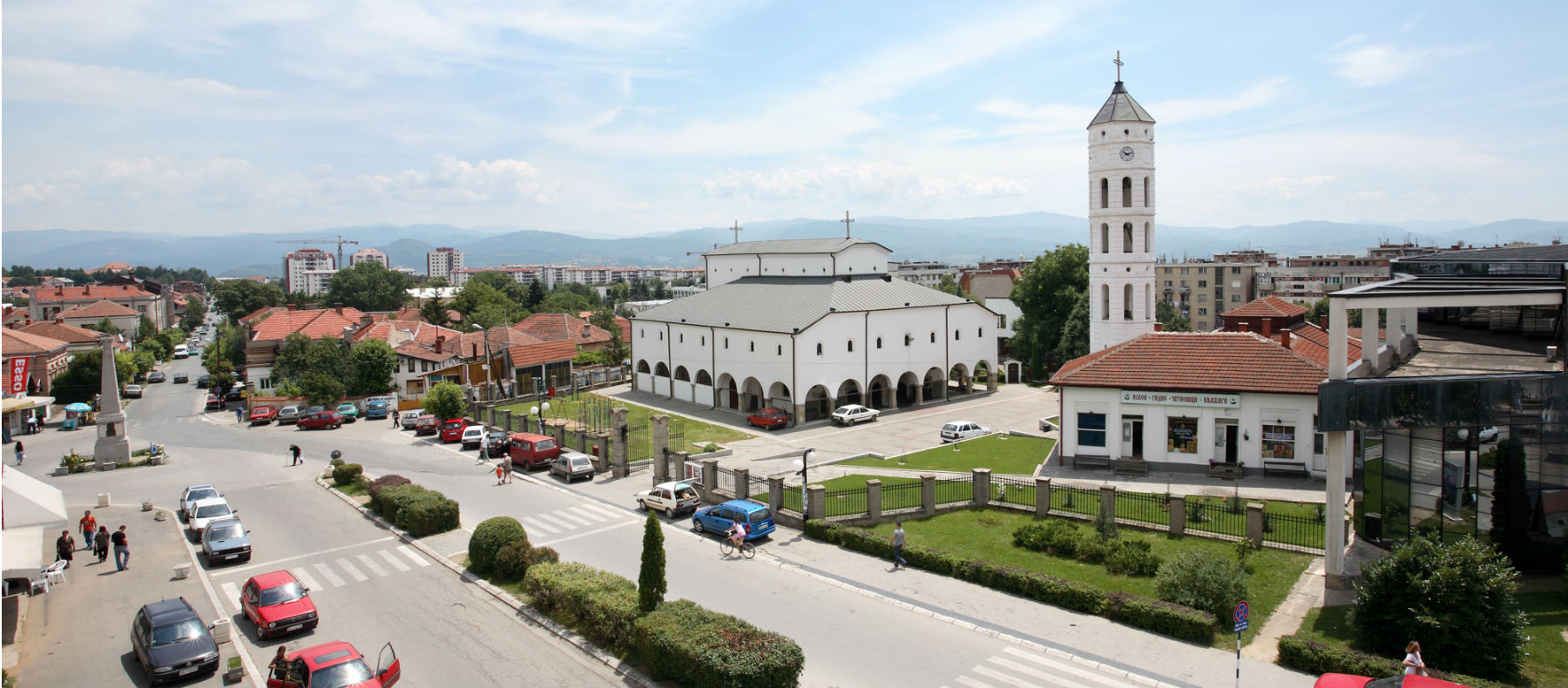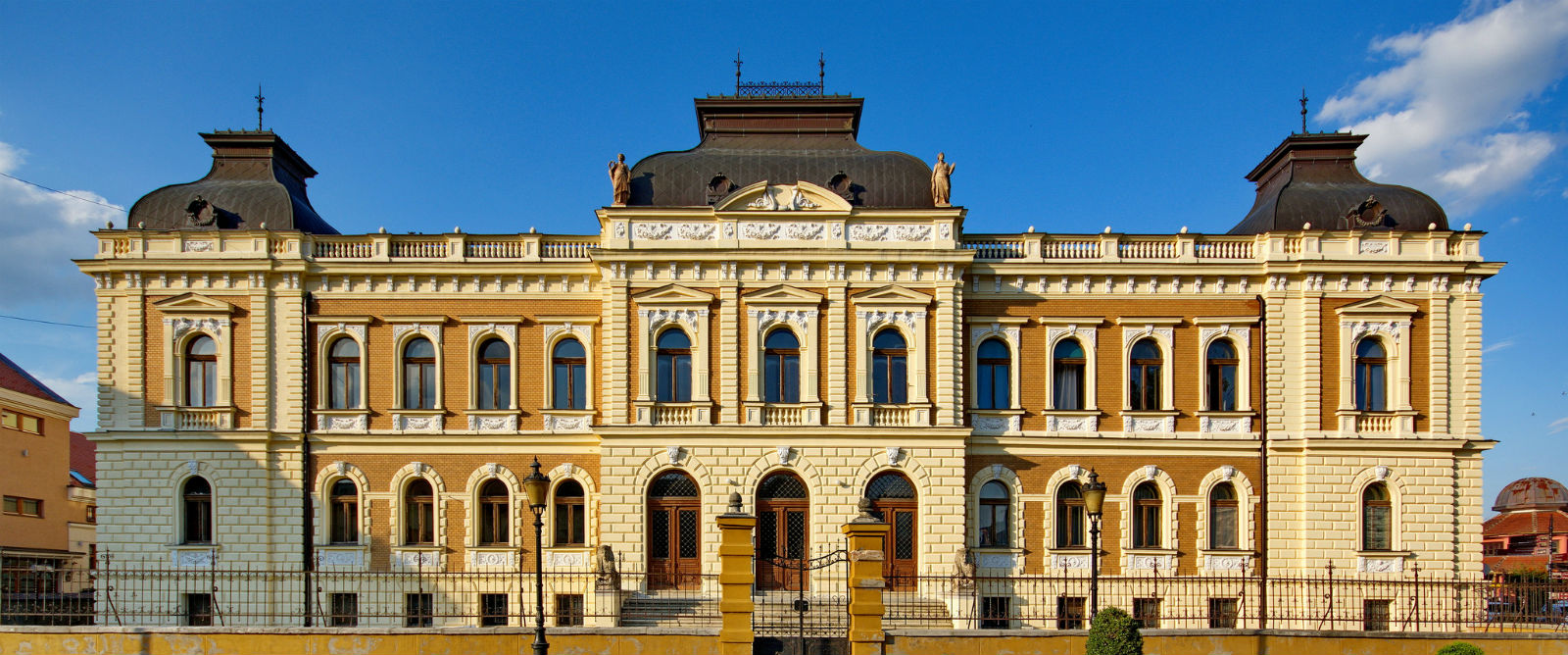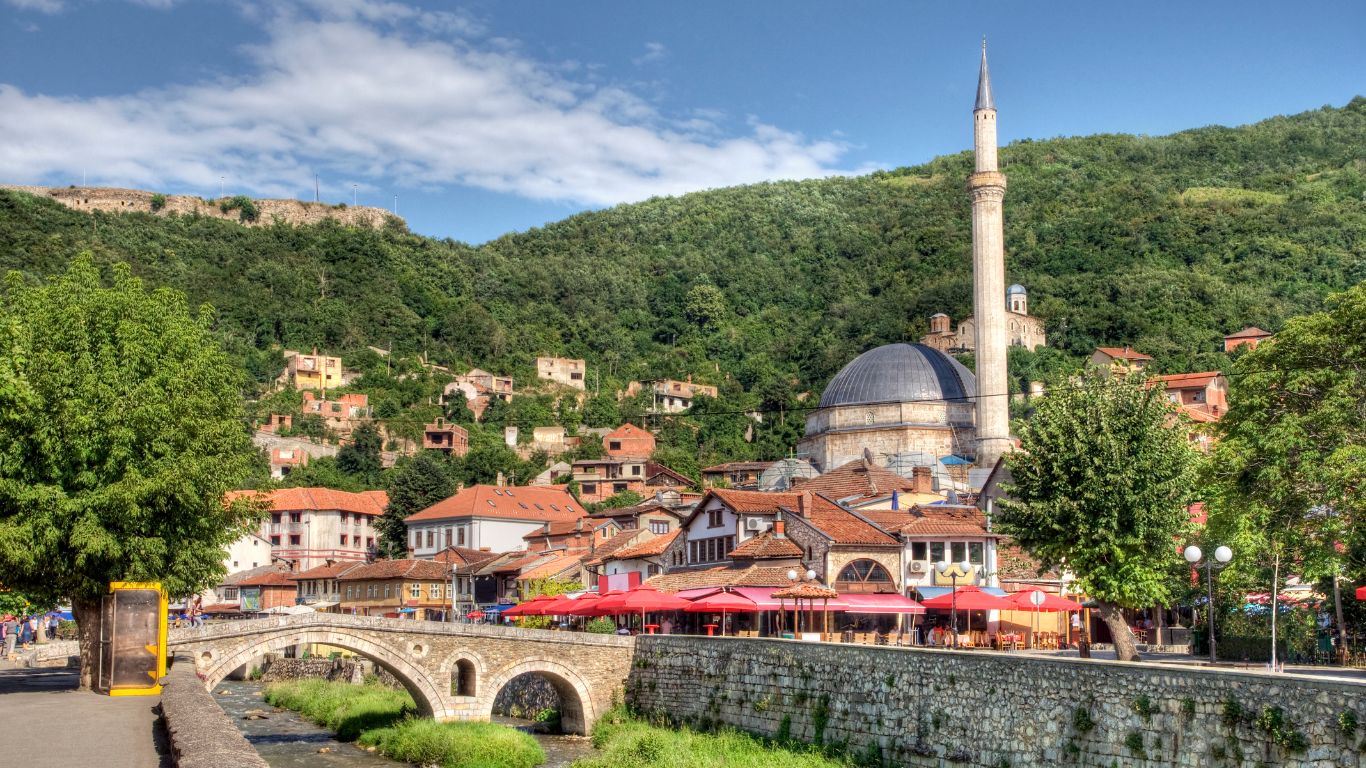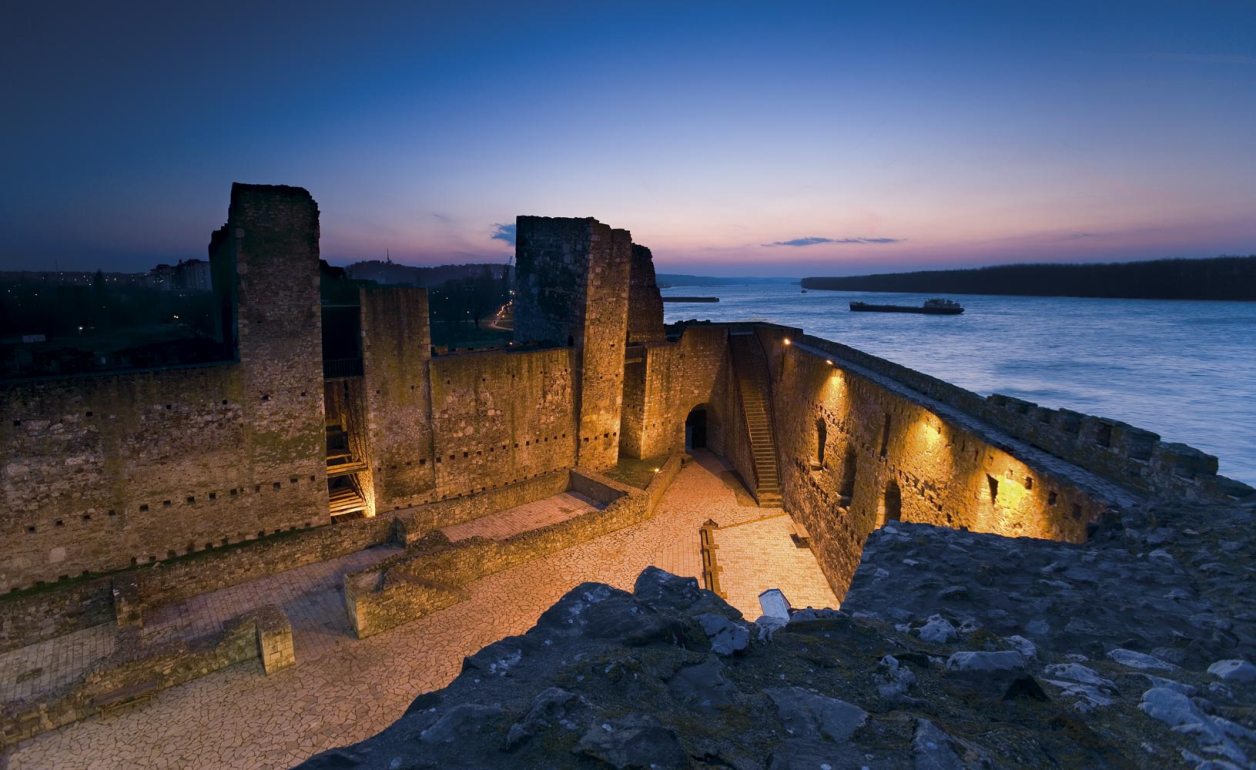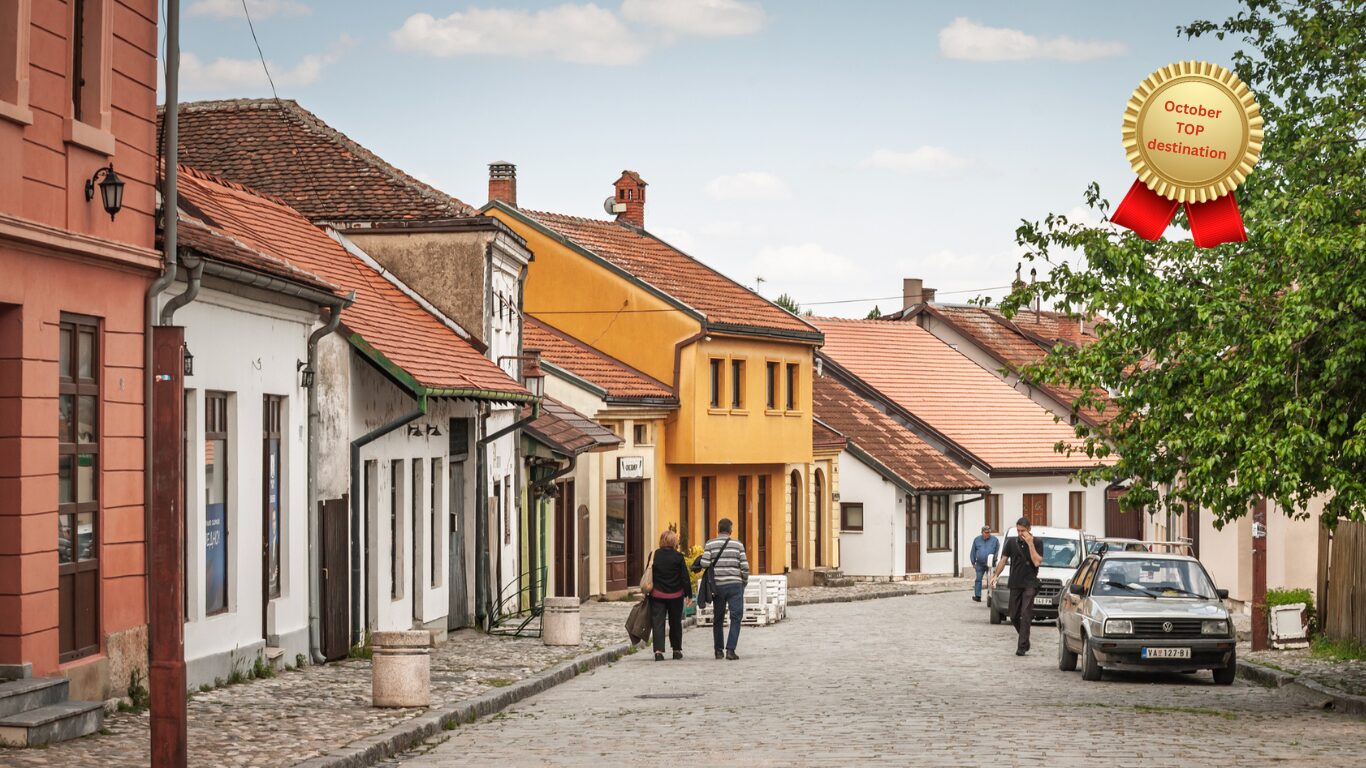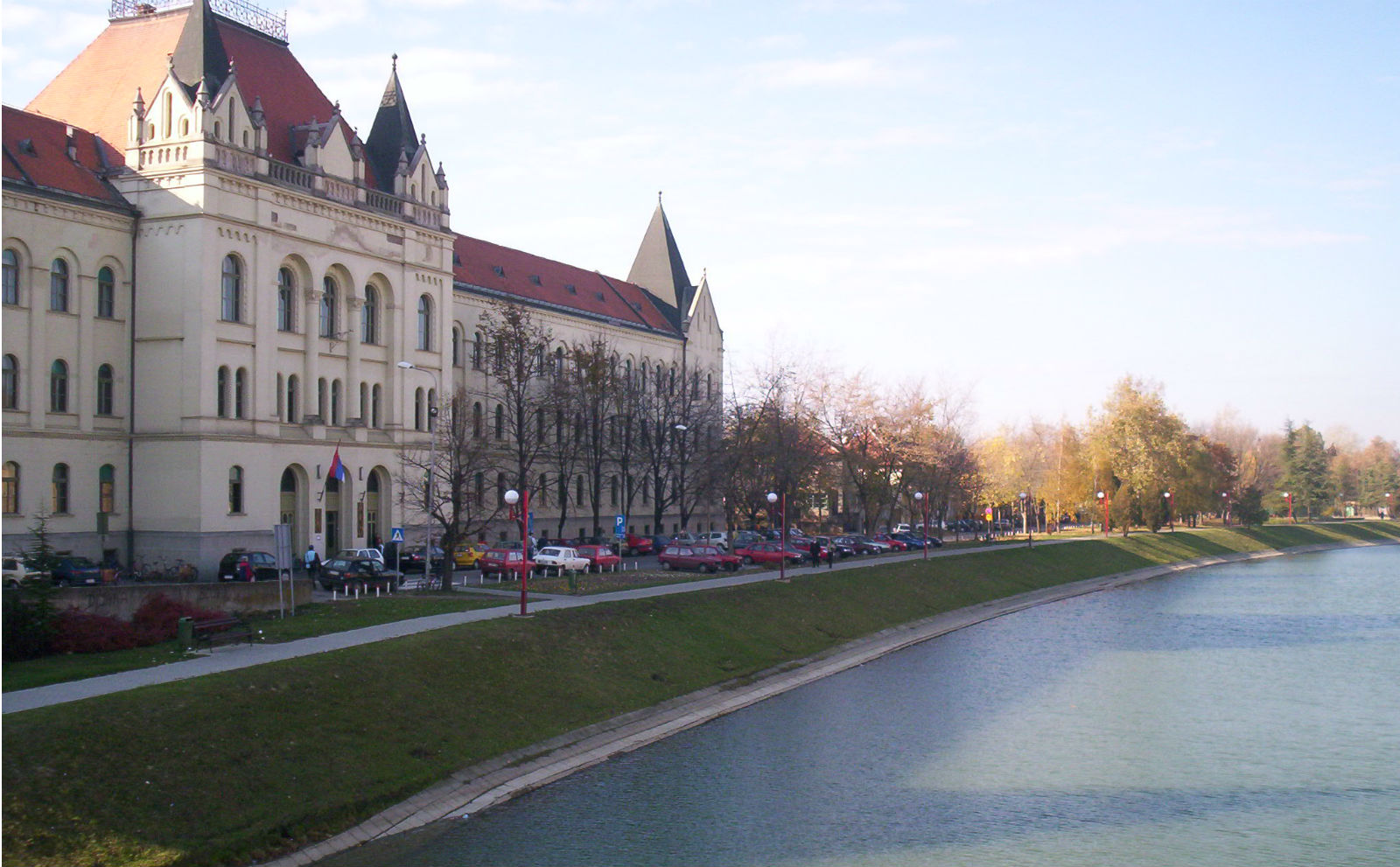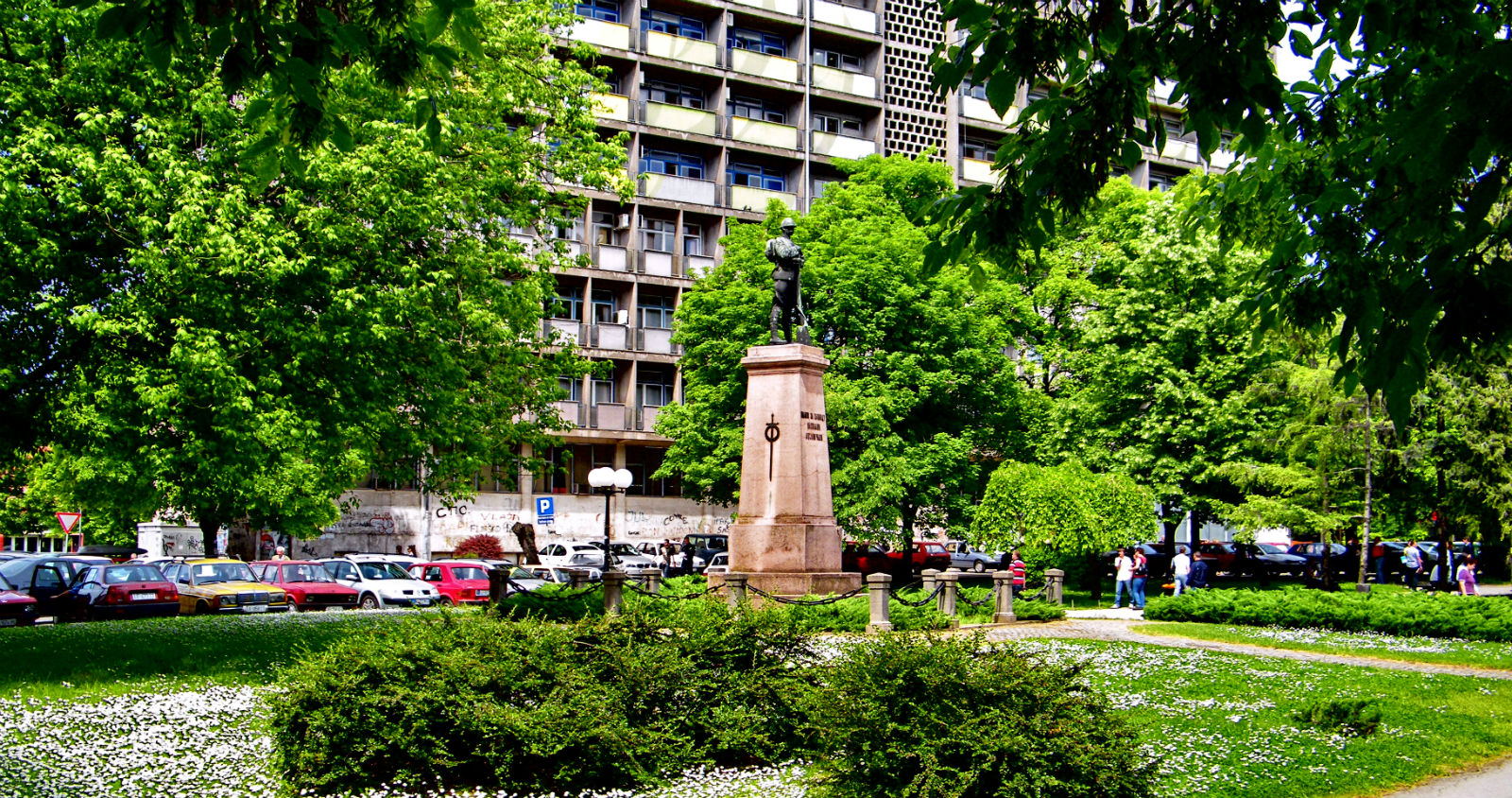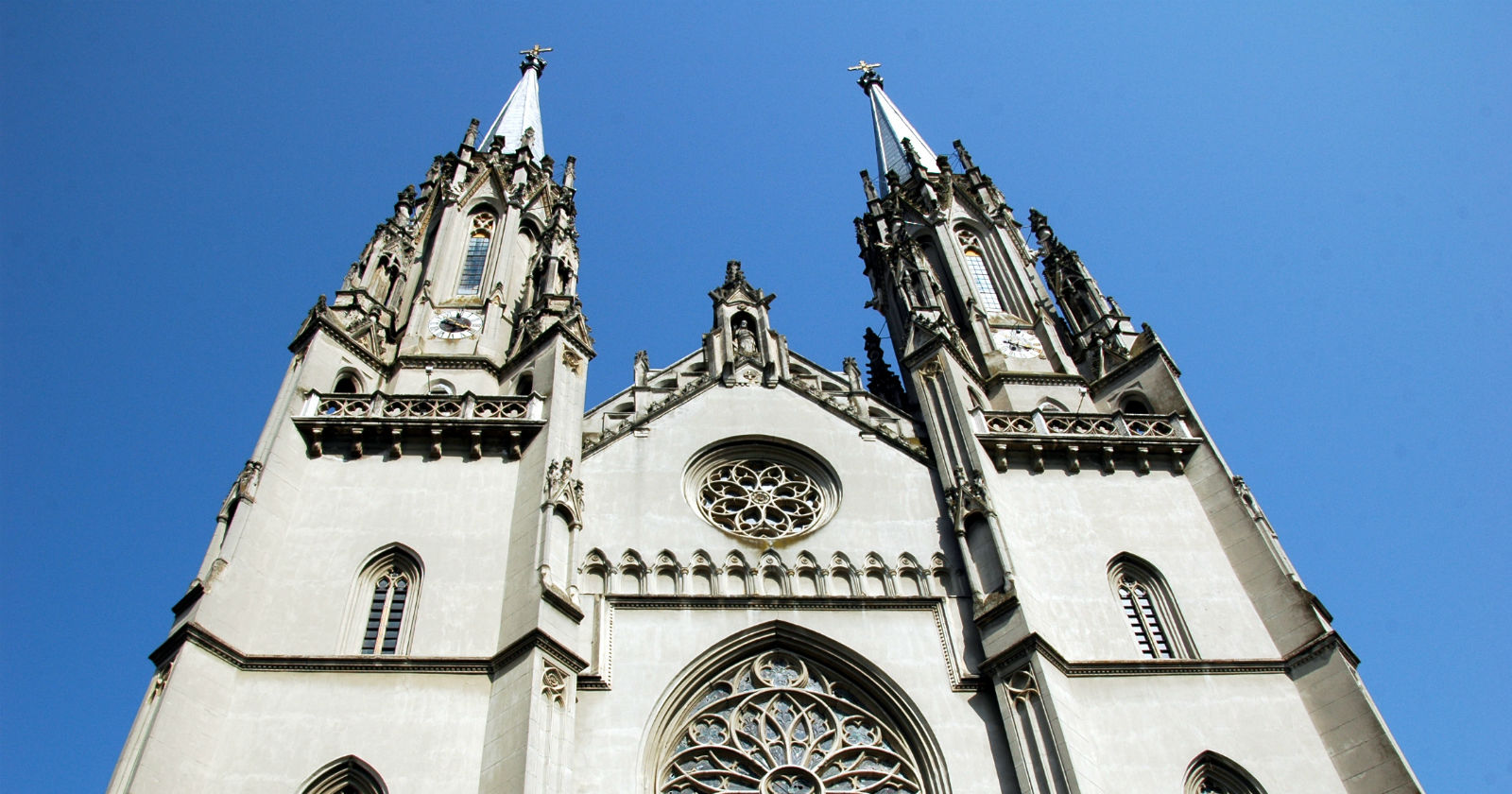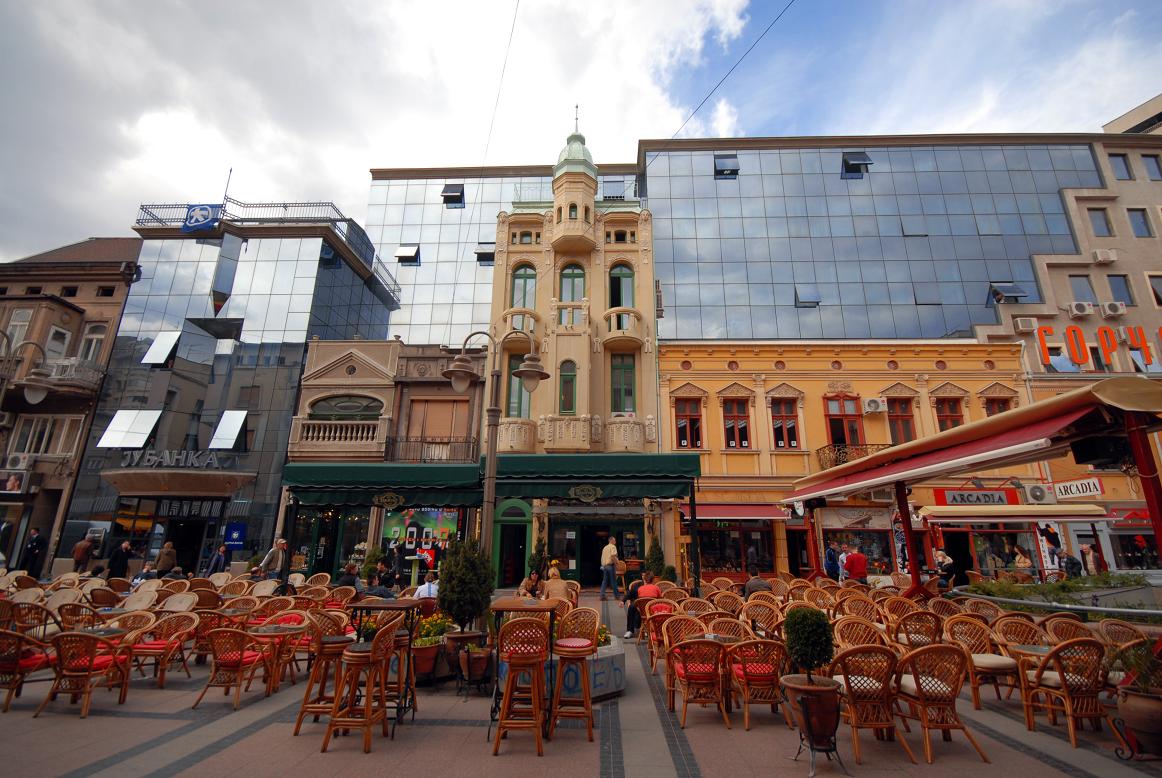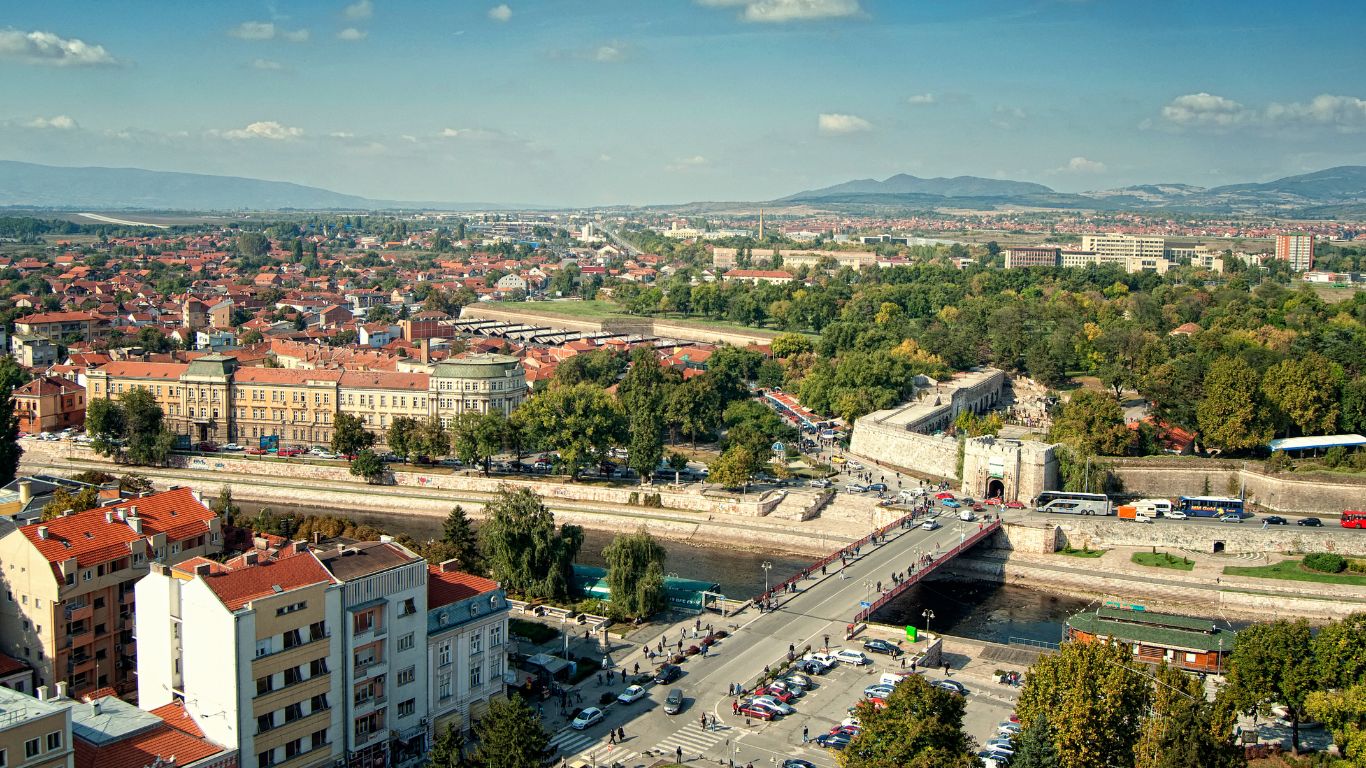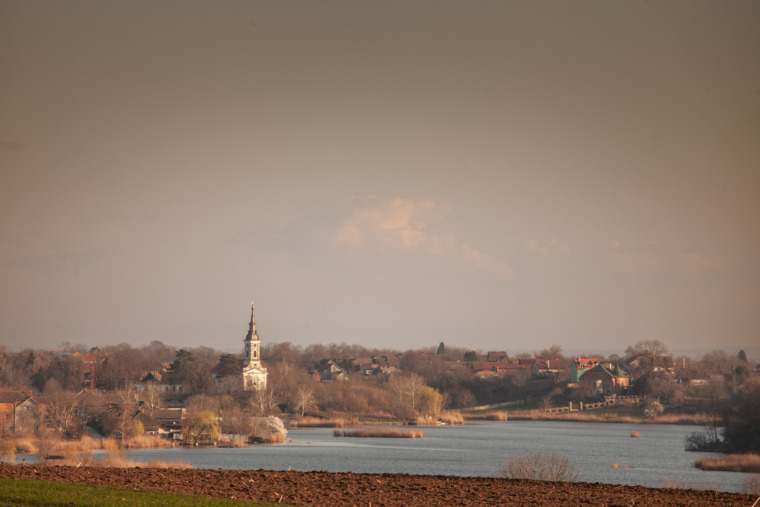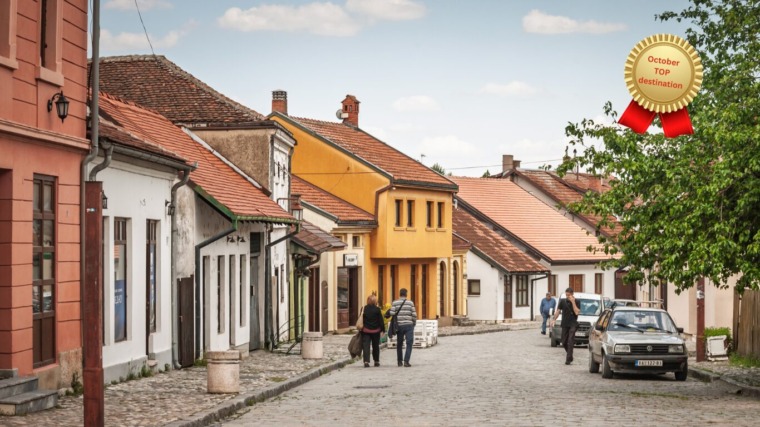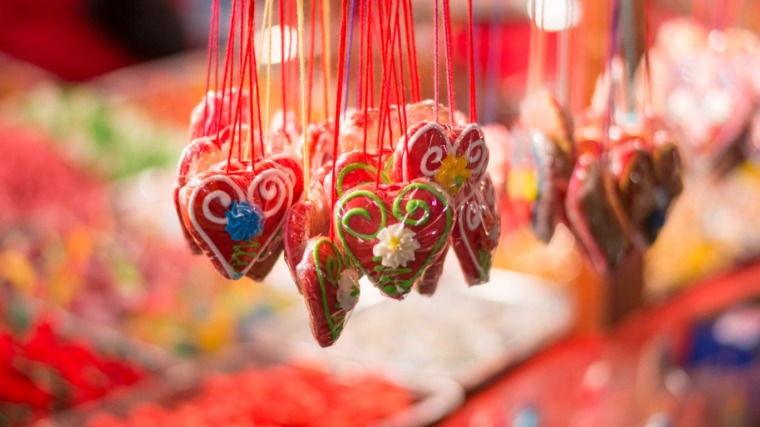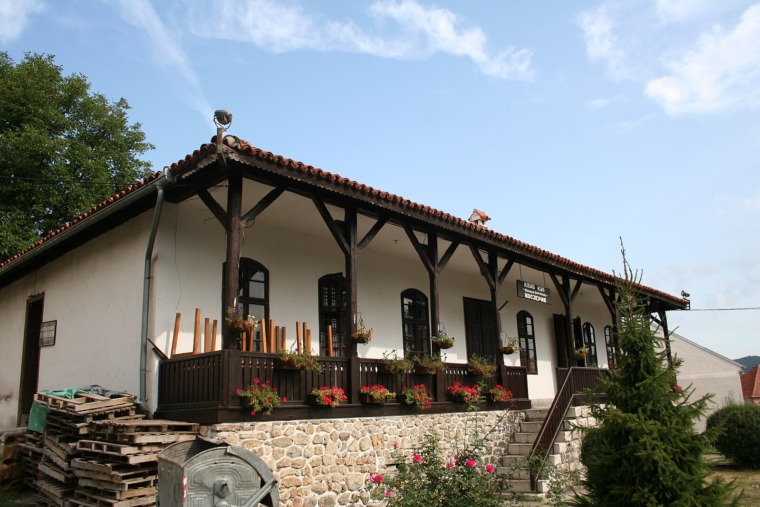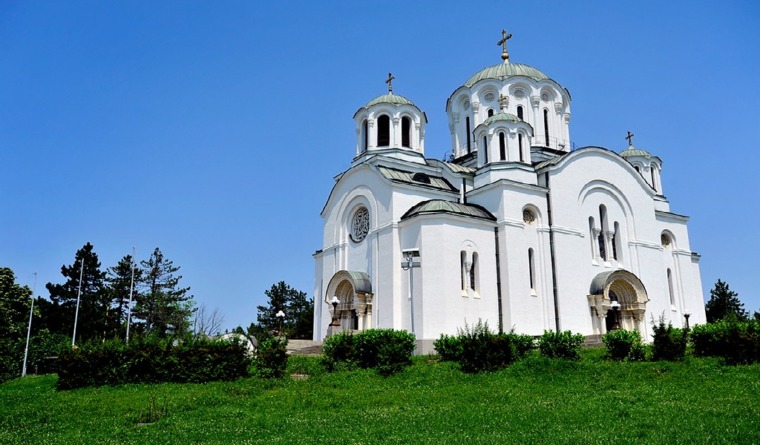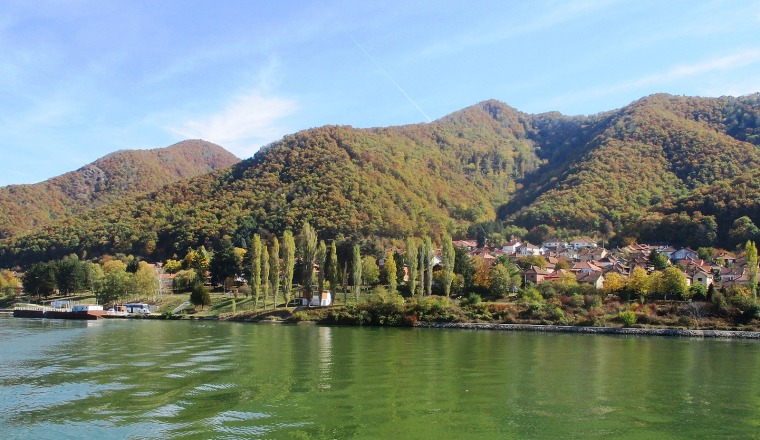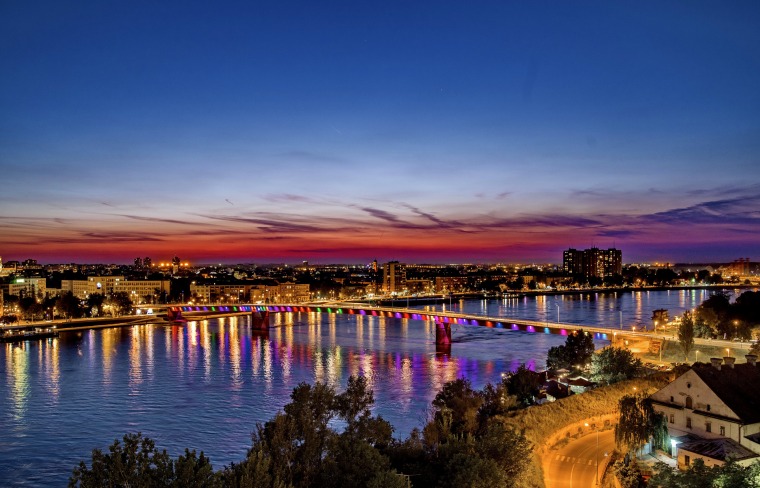Since the ancient times, many conquerors, generals, people who travelled around the world and curious enthusiasts have passed through the city in southern Serbia.
Walking through Vranje Gorge, watching Vranjska River flow into the South Morava and admiring the unusual sight of Markovo kale fortress, they shaped history, told legends and created new styles and their combined work gave birth to the unique music, dance and songs that made Vranje famous.
People lead a very specific way of life in this city where history has written many pages; and when a mix of sevdah and cocek (musical genre and dance,pronounced “cho’-chek”), is combined with the specific taste of local food and drink it creates an ideal harmony of southern spirit.
These people are hospitable, kind, loud and always in the mood for music and dancing. Without the city songs of Vranje, which found itself on the list of intangible cultural heritage of the Republic of Serbia, no celebration can be imagined. Quiet, nostalgic, full of sevdah (In musical sense, sevdah is characterized by a slow or moderate tempo and intense, emotional melodies) and merak (the desire for something, craving, delight, pleasure, good mood, amorous yearning) this song represents the emotions and the spirit of people who live here.
This city which has spent as many as 422 years under Ottoman rule, has managed to preserve the authenticity of its customs and traditions. Through daily renewing and transferring of local customs from “generation to generation” the tradition has become unquestionable guardian of history and culture, which are unique pieces of evidence about the life and creativity of the people from this region.
Vranje is the economic, political and cultural center of Pčinja district; it is located at the foot of the Pljačkovica, Krstilovica and Pržar mountains and this unusual terrain that surrounds it, has made this region extremely attractive and interesting.
The combination of natural resources and old, gorgeous houses strung along the cobbled streets and numerous remains of Ottoman architecture, make another distinguishable feature of the city where East and West, the Orient and Europe meet.
White Bridge, the symbol of the city of Vranje
“Cursed shall be the one who divides what love unites,” is a sign that stands on the board of the famous White Bridge or The Bridge of Love. A legend is related with the stone bridge under which river Vranjska flows, and the story tells us of the long presence of the Turkish people in this city, about a tragic love and suffering.
The legend says that the beautiful Turkish maiden Aisha fell in love with young, but poor Serbian shepherd Stojan. Selim-beg, Aisha’s father, caught them once while they were together.
He tried to kill the Serbian shepherd, but Aisha guarded the man she loved with her own body and was killed by her father’s hand. Aisha’s last wish was for this bridge to be built as a monument to her unhappy love with the money that was prepared for her wedding.
The White Bridge was built in 1844 and even today, it still intrigues both the locals and curious tourists. This bridge found its place even on the city emblem of Vranje. The residents say that this bridge still keeps the secrets of forbidden loves, and it’s up to you to come and check it out for yourself.
Pašin konak
Once it was a mansion, now the National Museum. Raif-beg Džinić built it back in 1765. This remarkable and well-preserved example of Islamic architecture consists of two buildings –selamluk (the male part) and haremluk (for women). The National Museum of Vranje is yet another “witness” of long presence and great power of Turkish people in this area.
Turkish bath or hamam is another interesting building that attracts a lot of attention. It was built with stone blocks and thin bricks. Hamam represents typical eastern architecture, which dates back to the sixteenth century. It became famous in the novel “Necista krv” (The Impure Blood) written by Borislav Stankovic, where he described this building in detail.
Museum – House of Bora Stankovic
The house of the famous Serbian writer Bora Stankovic, who was born in Vranje, was built in 1850, and in 1967 was transformed into a museum. Old furniture, dishes, lots of ornaments, rugs, family photos, and Bora’s books adorn this house which was built in the 19th century. There is a well and a summer kitchen in the yard. A monument of Bora Stankovic, made in 1954, is situated in the City Park.
Markovo kale
Markovo kale or Marko’s city is approximately 3 miles away from Vranje. It is one of the oldest monuments of the city. Story goes that the Byzantine emperor Justinian I built this fortress in the sixth century. Today there are just the remains of a medieval fortress, and many legends and myths are associated with it. The most famous is the myth of Prince Marko.
Legend has it that the prince was in the fortress and bravely defended it from the Turks. When Marko had to get away because the Turkish army was too strong, he and his Šarac (Sharacis the name of his horse) jumped over from the rock where they stood to eastern Pljačkovica. When he got there, he cried, hence the name of the mountain – word plač means crying.
The imprint of horse’s hoof supposedly remained in the rock from which he jumped. From Pljačkovica he then jumped to western Krstilovica Mountain. A church of the Holy Trinity stood there once, which is now demolished, and in that church Marko crossed himself and hence the name of this mountain – krstiti means to cross oneself. In the stream which flows down below one can still see the place where he bathed and on the bank of the stream his enormous “furuna” – a furnace.
In the city’s vicinity, there is a remarkable canyon of the Vranjska river, which separates the Pljackovica and Krstilovica mountains. Several large whirlpools (Kazan) can be found In Kazandol as well as dozens of waterfalls surrounded by wild, pristine nature. If you are a fan of adventure and adrenaline walks, do not miss the opportunity to visit this marvelous gift of nature.
How to get to Vranje?
There are 347 kilometers from Belgrade to Vranje if you take the road that runs through Nis and Leskovac. Traffic connections between Vranje and Belgrade as well as between Vranje and other major cities in Serbia are very good.
Bus station Vranje – tel: 017/21 201
Train Station Vranje – tel: 017/21 714
Since you are here, do not miss…
Church of St. Petka Trnova (Saint Paraskeva of the Balkans) was built in the 13th century, and is well known for its miraculous and healing powers. On every Good Friday, thousands of people patiently wait in a kilometer long line to pray, kiss the icon and get the anointment from the priest. This church is also known by the name Krstata Dzamija (Cross Mosque, A mosque with Cross) because the Turks demolished former church and erected a mosque instead. After the liberation of Vranje, the church was rebuilt.
Vranjska Banja is a spa that has the hottest mineral water in Europe, where the temperature rises up to 110 degrees Celsius. The importance of water is not only in its high temperature, but also in its extraordinary healing properties. This mineral water is rich in sulfur and is slightly alkaline, and it helps in the treatment of rheumatism, neurological, gynecological, skin and other diseases.
Besna Kobila is a mountain situated 34 kilometers away from the city of Vranje. Exceptional botanical wealth, numerous herbs species and ideal conditions for winter sports are the main characteristics of this mountain, which highest peak is 1922 meters high. From this peak, one can even see Kopaonik, Sar-planina and Rila mountains in Bulgaria.
Related Articles
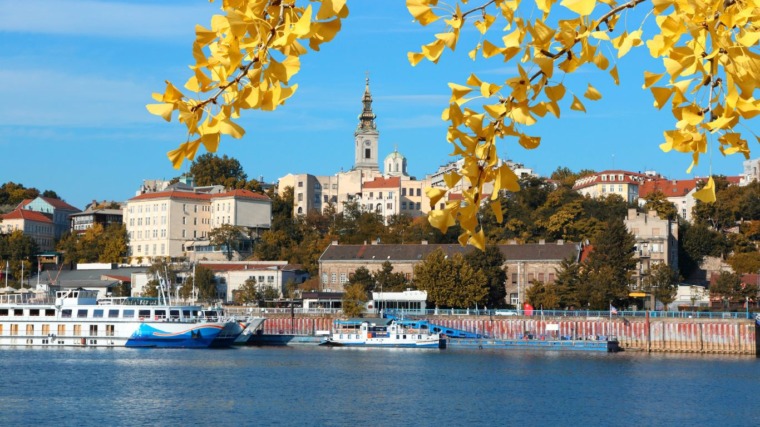
Belgrade in Autumn Colors: The Best Parks and Walking Paths
September 20, 2025